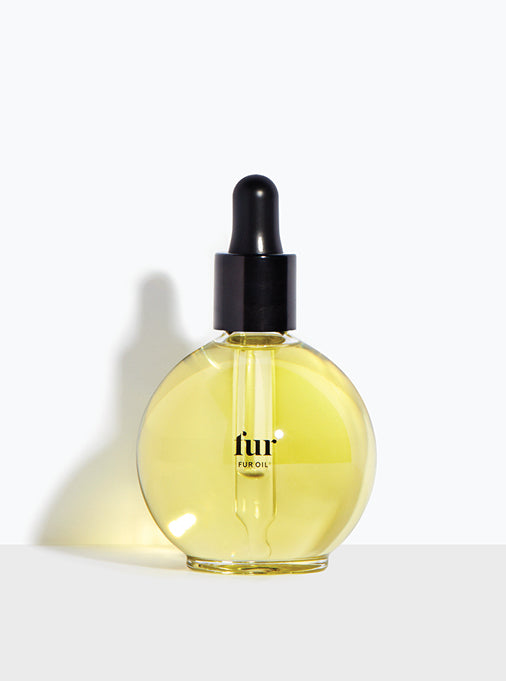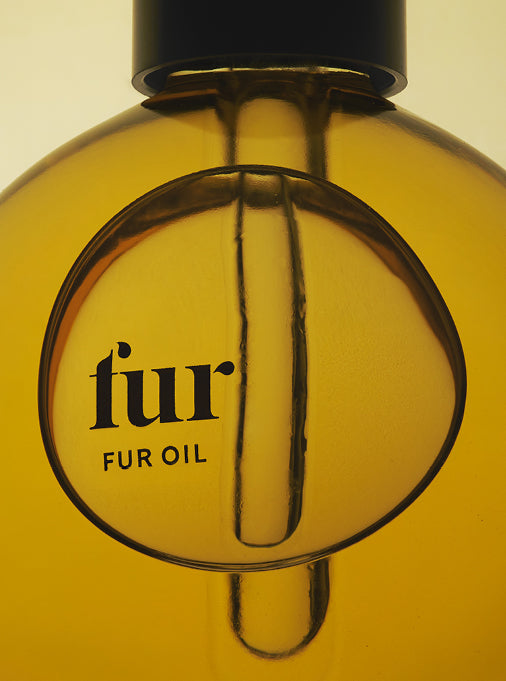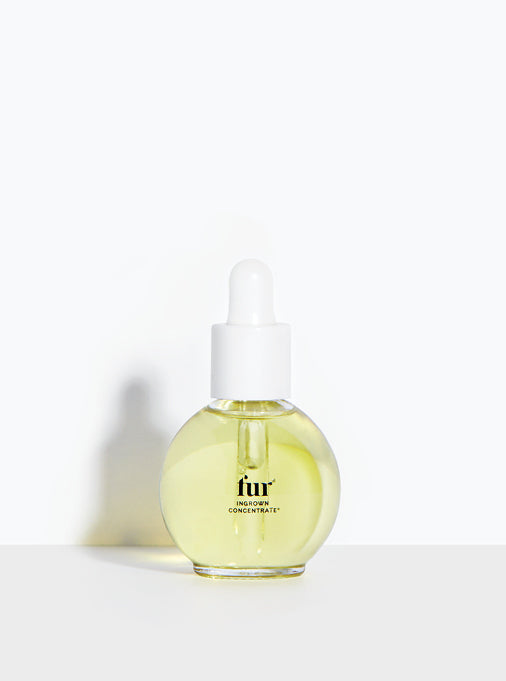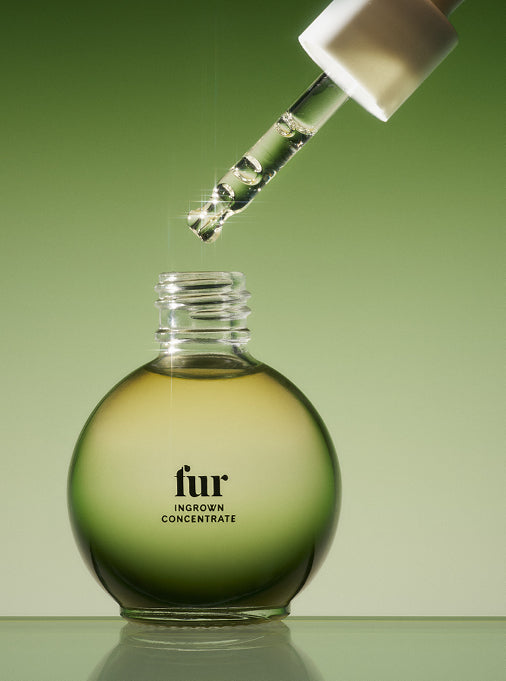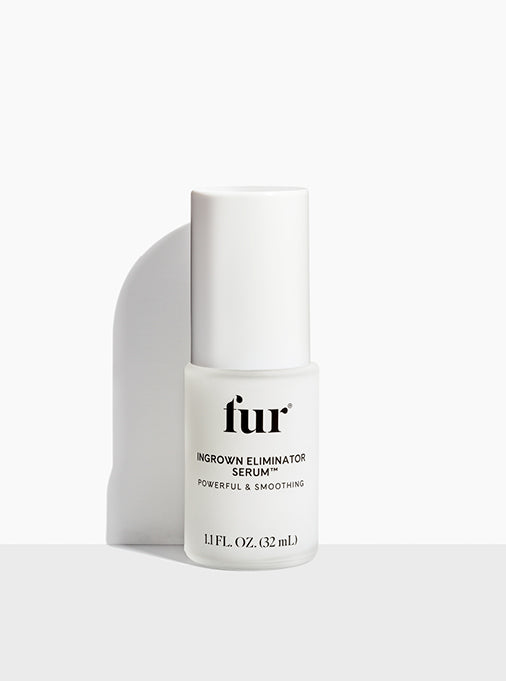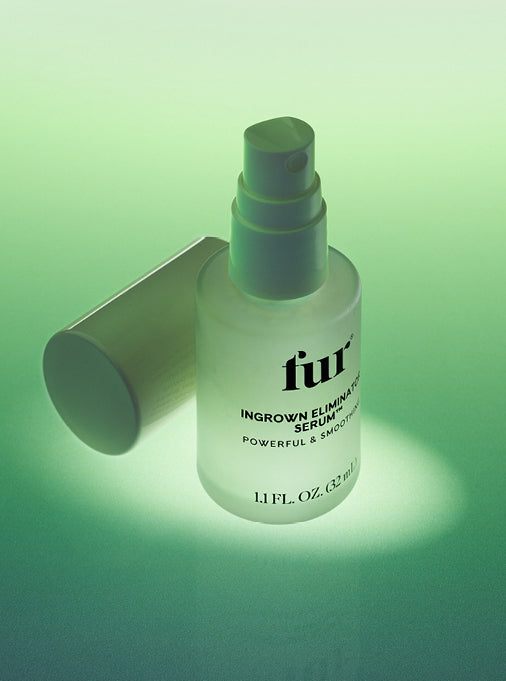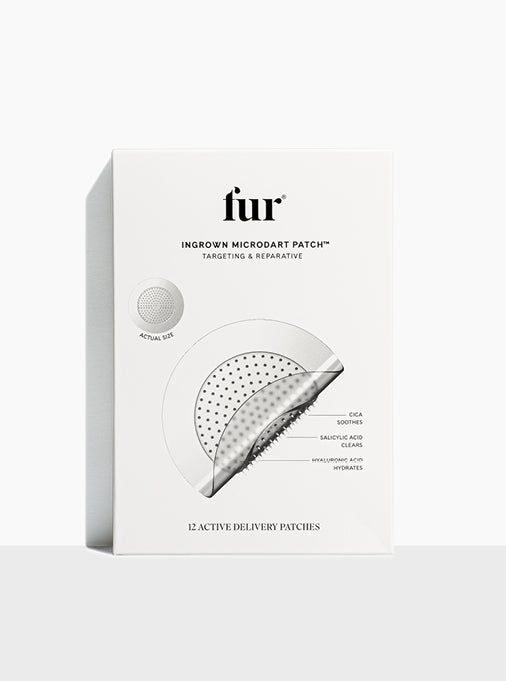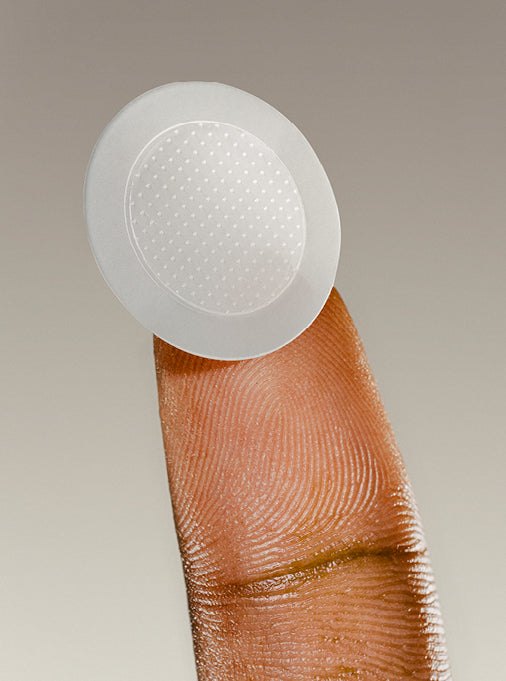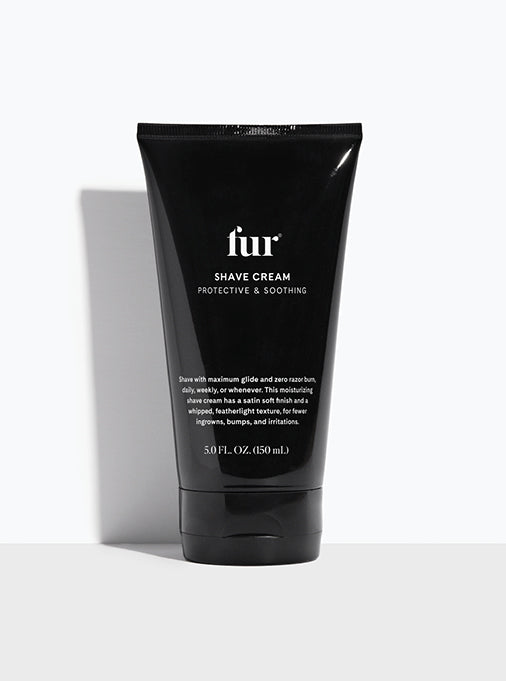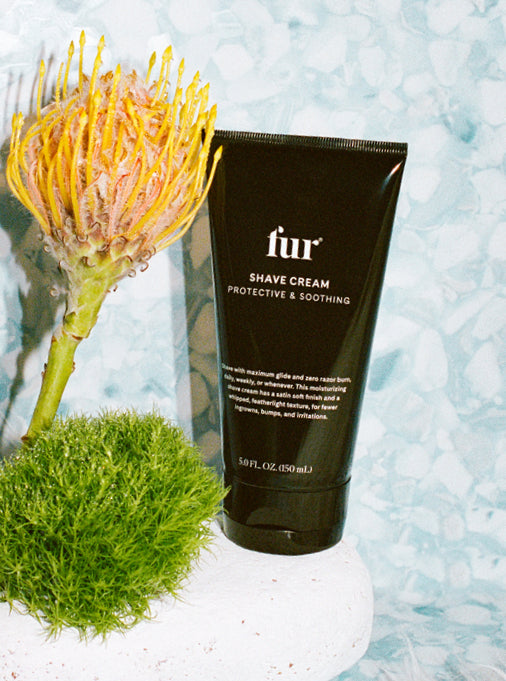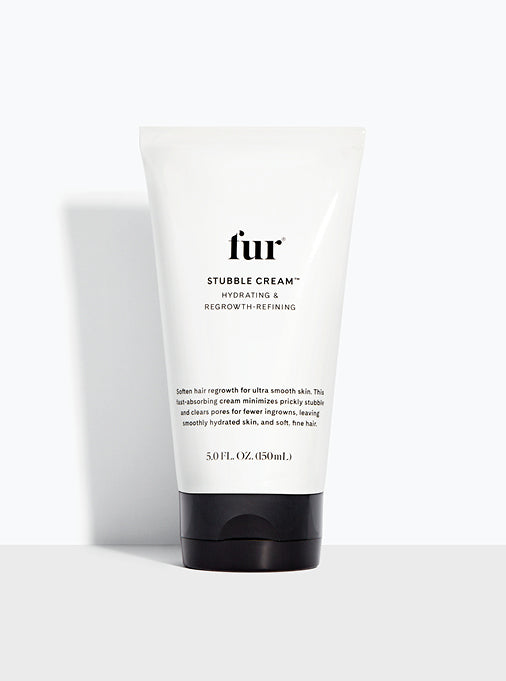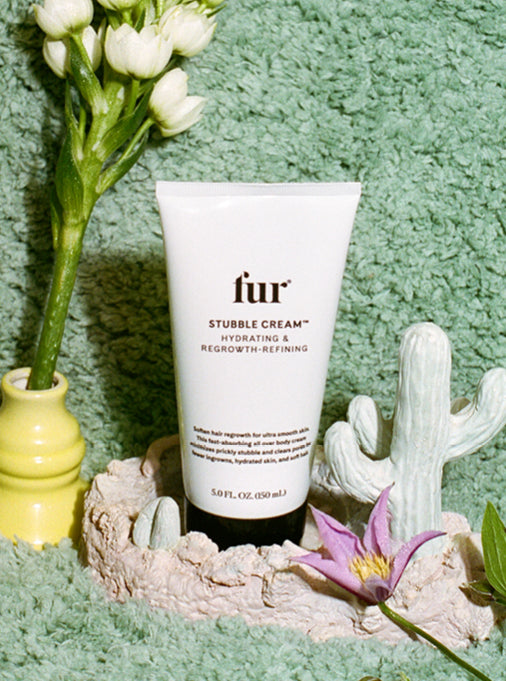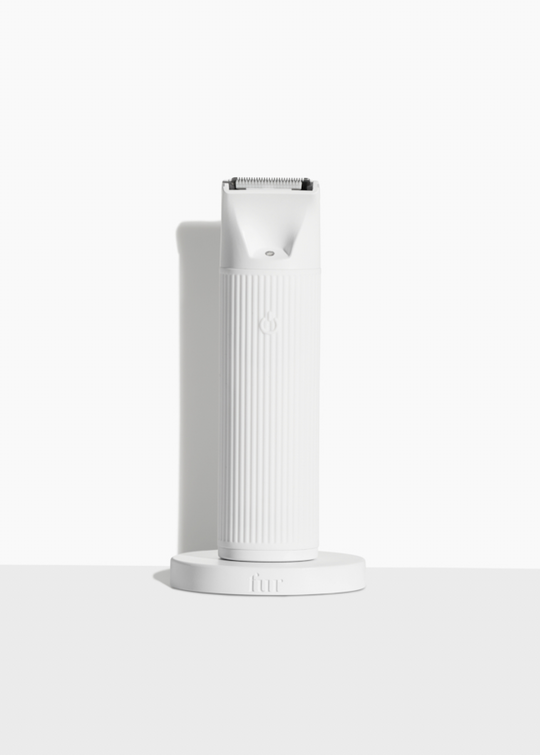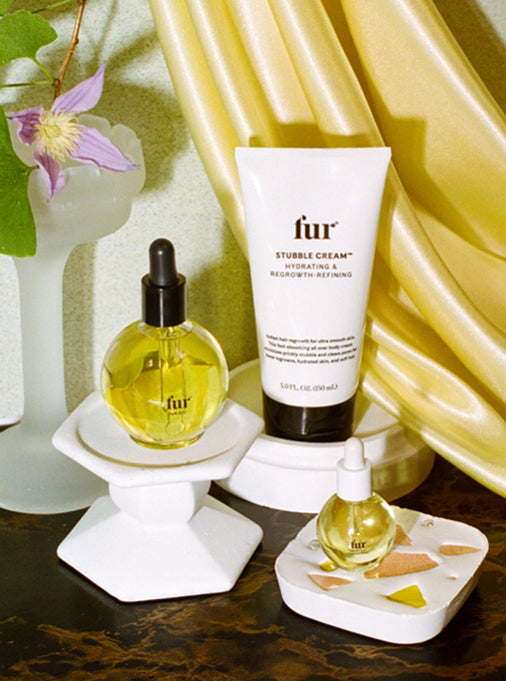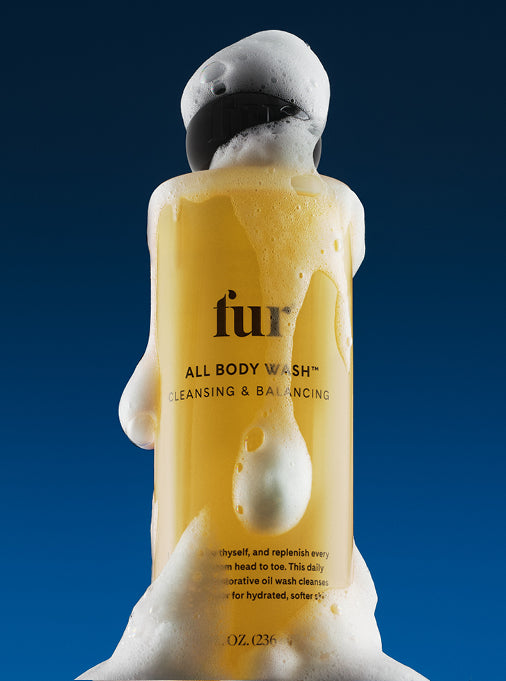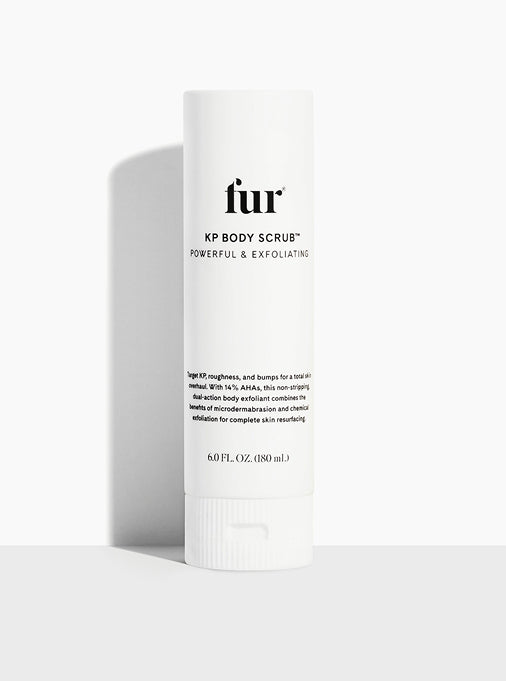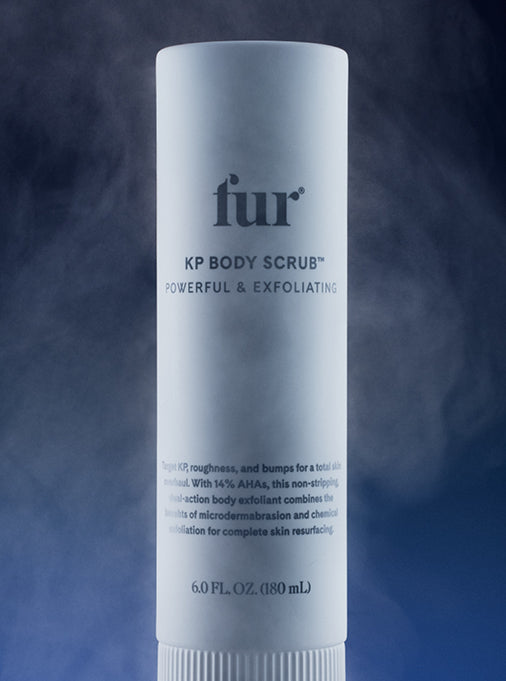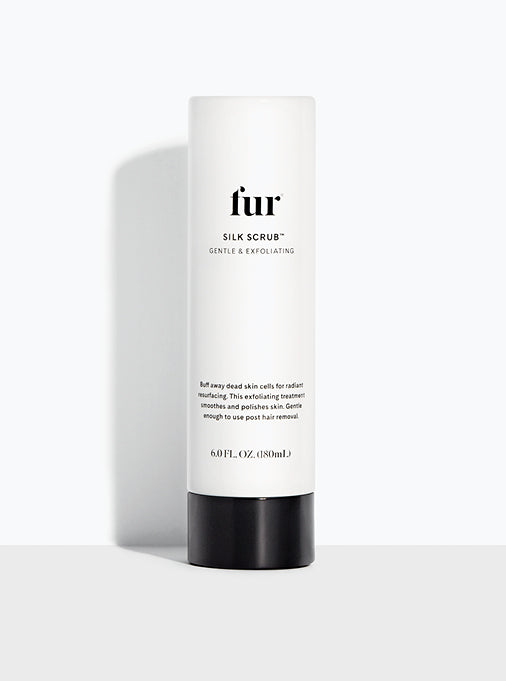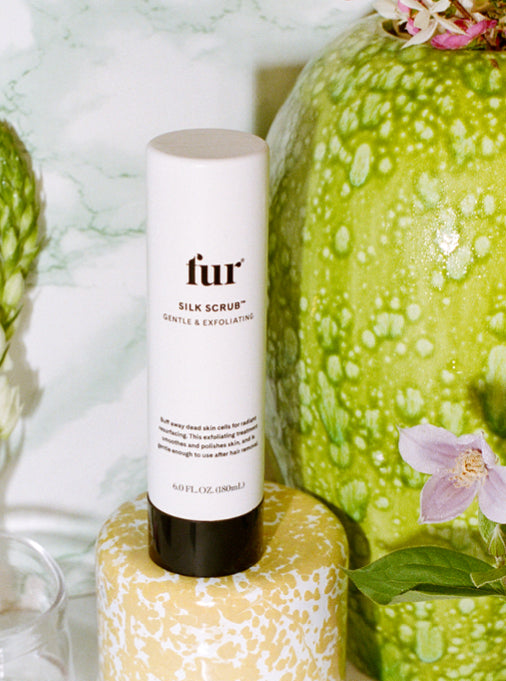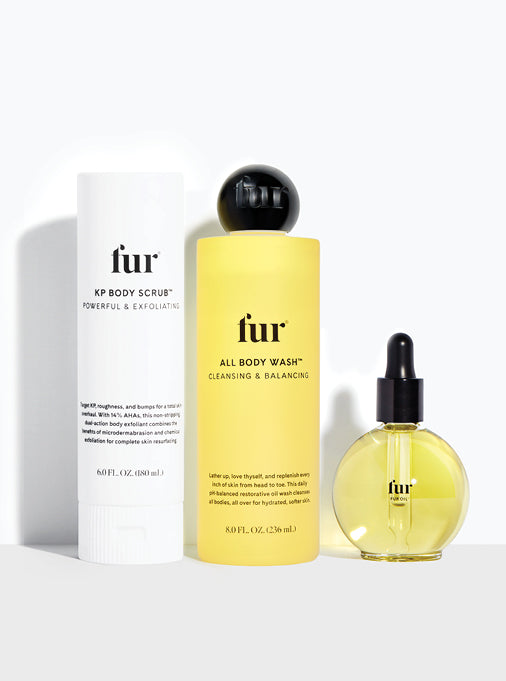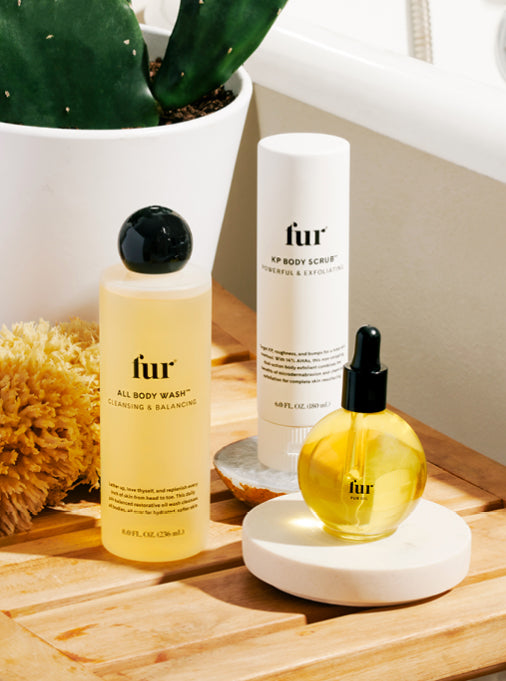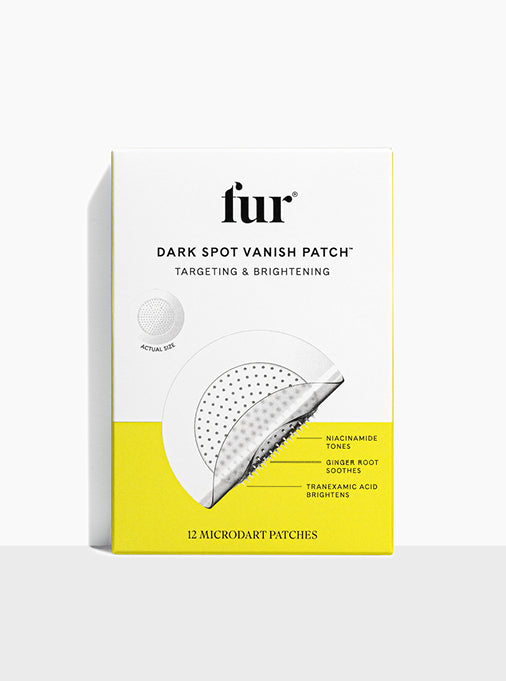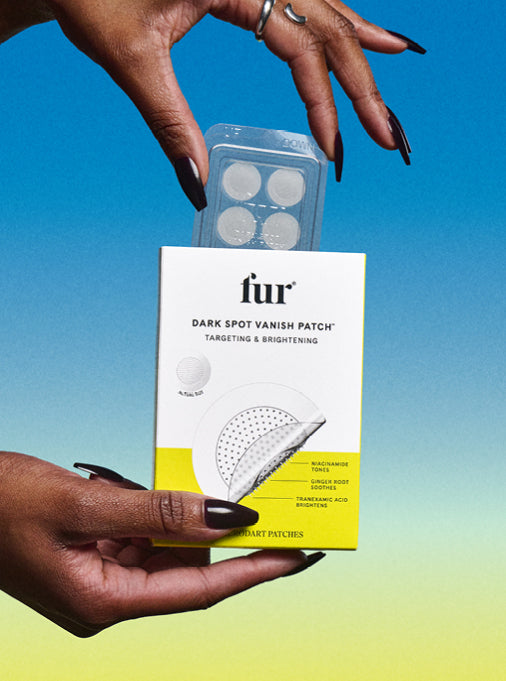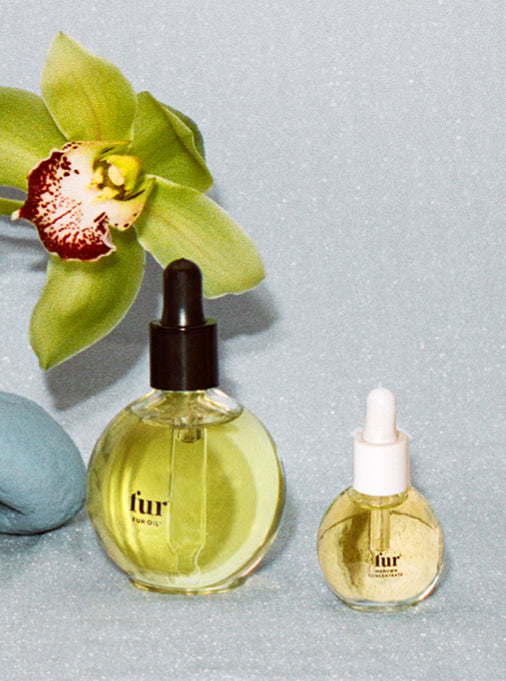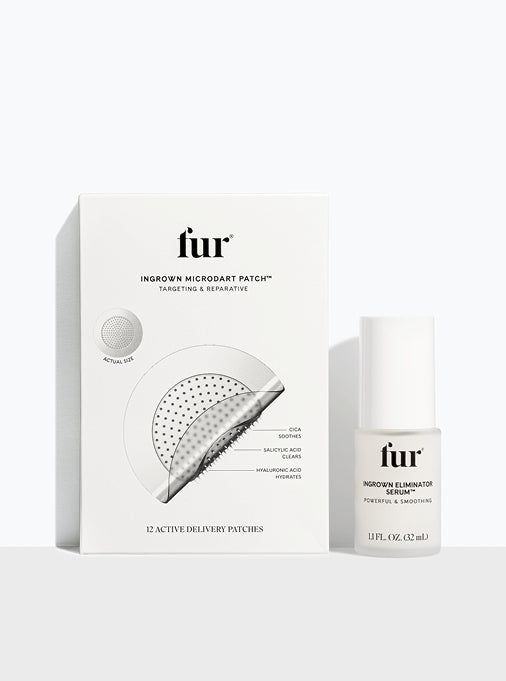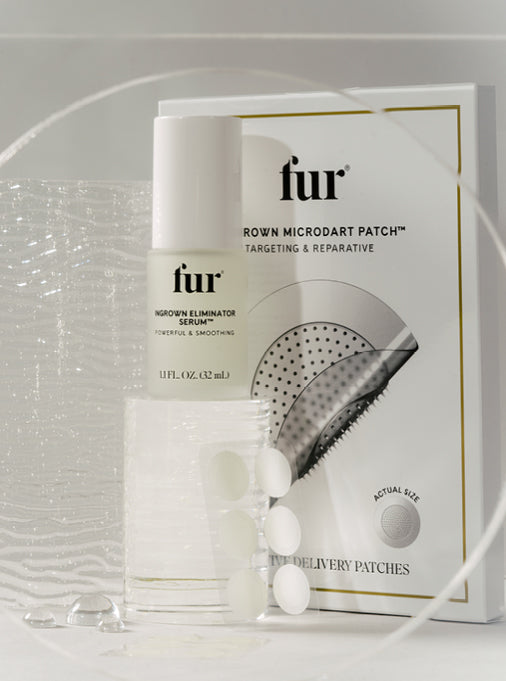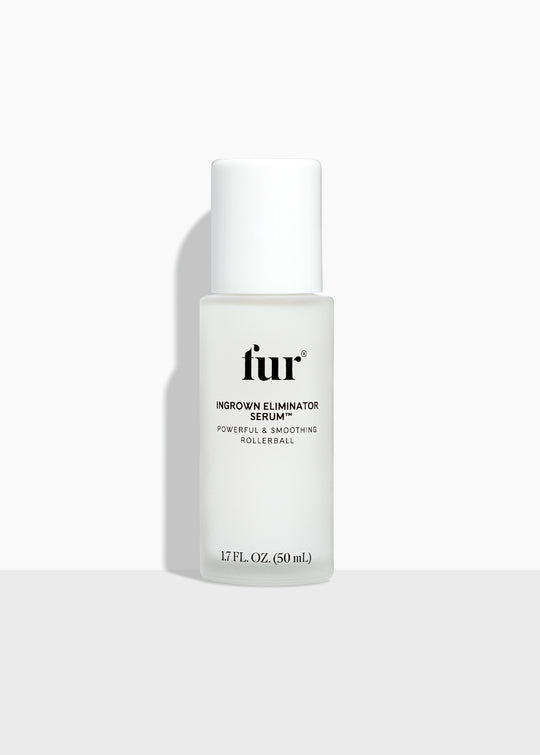
Ingrown hairs can be more than just a nuisance; they can cause discomfort, irritation, and even lead to infections if left untreated. Whether you're managing them after shaving or waxing, it's crucial to understand how to treat and prevent ingrown hairs effectively.
At Fur, it’s our mission to eliminate the negative aftereffects of hair removal, empowering our customers to groom their body hair however they see fit and providing powerful products to soothe irritation and combat ingrown hairs. Our guide will explore the causes, symptoms, treatment methods, and preventive measures to help you tackle those pesky hairs with confidence. Plus, we’ll recommend some of our proven products like ingrown hair oils and exfoliators to keep your skin smooth and irritation-free!
What Are Ingrown Hairs?
Ingrown hairs occur when hair grows back into the skin instead of upward, often leading to unsightly and uncomfortable bumps. They appear on areas like the face, legs, bikini line, and underarms, where hair removal tends to happen. Ingrown hair symptoms include itching, redness, raised bumps, and in some cases, pus formation, which can signal an infection.
In short, ingrown hairs are your skin's way of saying, "Hey, I need a little extra TLC!"
What Causes Ingrown Hairs?
The causes of ingrown hairs can be both biological and external. Hair texture plays a significant role, especially for individuals with coarse or curly hair types, which are more prone to curling back into the skin. Additionally, hair removal techniques—such as shaving too closely or waxing—can leave hairs trapped beneath the skin surface. Hair removal doesn’t have to cause ingrown hairs, follow our dos and don’ts guide to discover the better way to wax, guaranteed to prevent ingrown hairs.
Dead skin cells can further complicate matters by blocking hair follicles and preventing hair from growing out of the skin. Tight-fitting clothing can be another sneaky culprit. Friction from snug garments can contribute to the formation of ingrown hairs, making it important to consider your wardrobe as part of your skin care routine.
Ingrown Hair Treatment Method
Now, let's get into the nitty-gritty of how to treat ingrown hairs with a step-by-step guide that will have you on the road to recovery in no time!
Step 1: Soften the Skin with a Warm Compress
Start by using a warm, clean compress on the affected area. This step helps soften the skin and prepares it for treatment by opening up pores and hair follicles. Keep the compress on for about 5-10 minutes for optimal results. You’ll feel the tension ease as the heat works its magic!
Step 2: Exfoliate the Affected Area
Next, gently scrub the area with an ingrown hair exfoliator, like Silk Scrub. This will help remove dead skin cells that can block hair follicles and lead to more ingrown hairs. Regular exfoliation in your hair removal routine can be a game-changer in preventing future issues, keeping your skin smooth and clear.
Step 3: Apply an Ingrown Hair Oil
After exfoliating, apply a soothing ingrown hair oil, such as Fur Oil . This oil is designed to calm irritated skin and encourage hair to grow out naturally. Look for ingredients like tea tree oil, as found in our soothing Fur Oil, and salicylic acid, as found in our Ingrown Eliminator Serum, known for their anti-inflammatory properties and effectiveness in treating ingrown hairs.
Step 4: Use Ingrown Hair Patches for Targeted Treatment
For stubborn ingrown hairs, try using ingrown hair patches, like Ingrown Microdart Patch. Using microdart technology, these patches work right at the source of ingrown hairs, effectively soothing and eliminating bumps in as little as six hours. They’re perfect for overnight treatment and can protect the area from friction throughout the day.
How to Prevent Ingrown Hairs
Prevention is key! Here are some practical tips to help you avoid the dreaded ingrown hairs:
Regular Exfoliation: Make it a habit to exfoliate regularly, as this helps keep your skin smooth and free of blockages.
Moisturizing: Keep your skin hydrated to maintain its elasticity and prevent dryness. A rich body butter can be a great option for keeping skin supple and soft. For the best payoff, follow our guide on how to use Fur’s All Body Butter.
Gentler Hair Removal Methods: Consider switching to hair removal methods that reduce skin irritation, such as laser hair removal or depilatory creams. You may even decide that hair removal is no longer for you, in which case you can check out our guide for growing out pubic hair!
Use Sharp, Clean Razors: Always shave with a sharp, clean razor and in the direction of hair growth to minimize irritation.
Summary
Ingrown hairs can be an uncomfortable and irritating issue, but with the right knowledge and treatment methods, you can keep them at bay. Remember to regularly exfoliate, moisturize, and use proper hair removal techniques to prevent ingrown hairs from becoming a recurring problem.
If you’re looking for effective solutions, check out Fur’s range of Ingrown Hair products designed specifically for treating and preventing ingrown hairs, including exfoliators, oils, and patches.
Embrace the journey to smoother skin and say goodbye to those uncomfy bumps!
